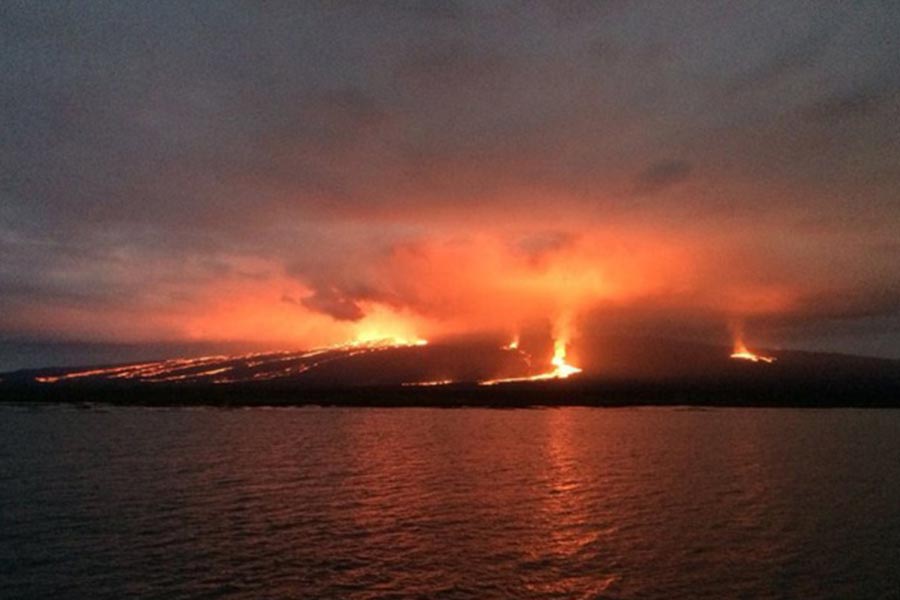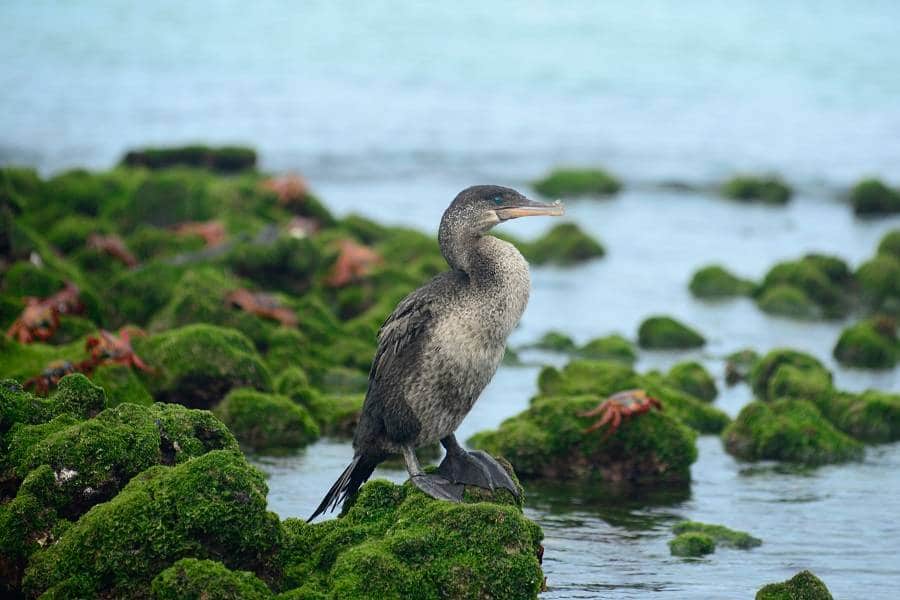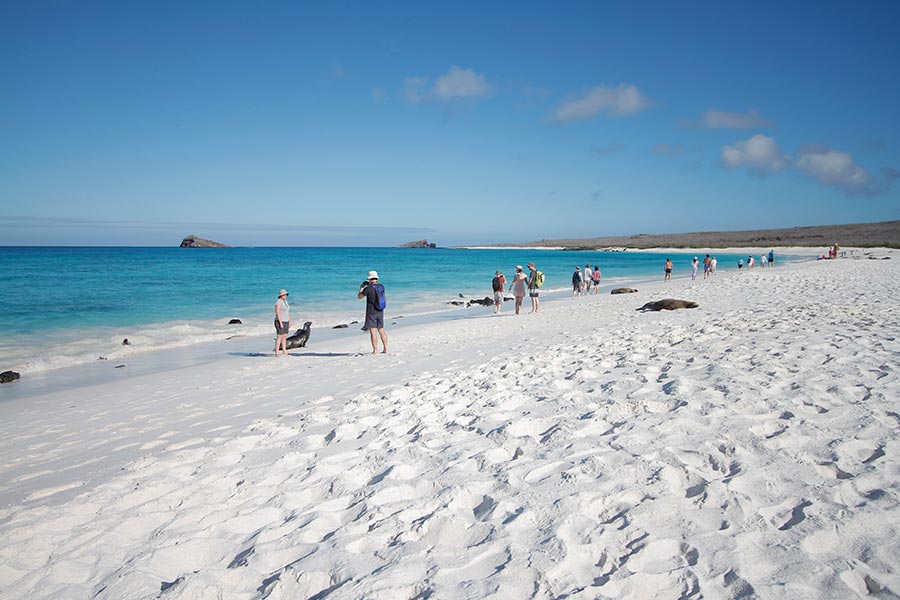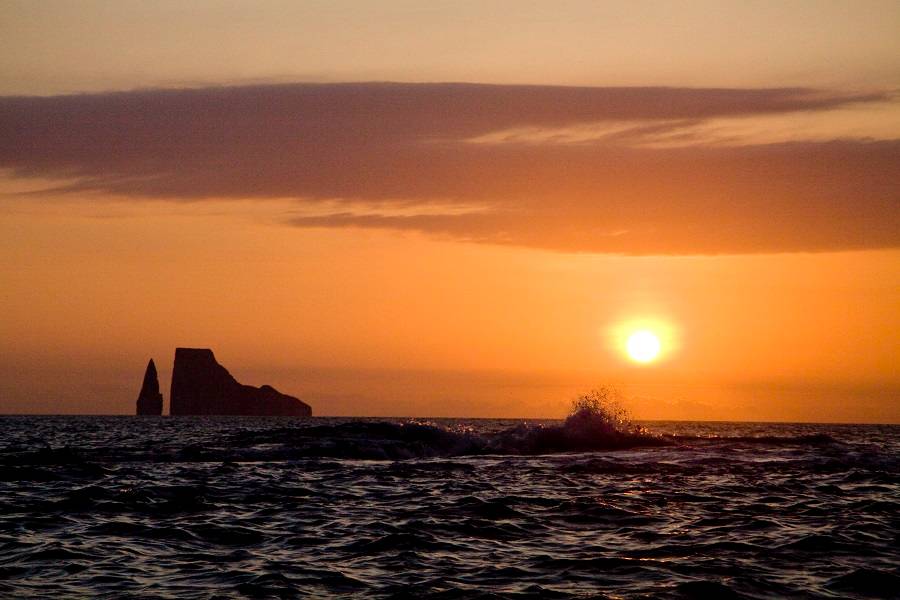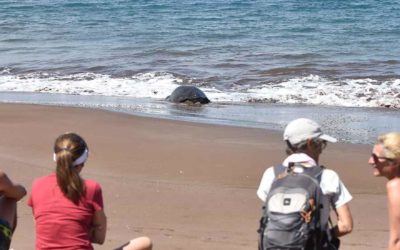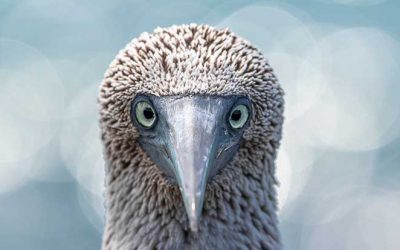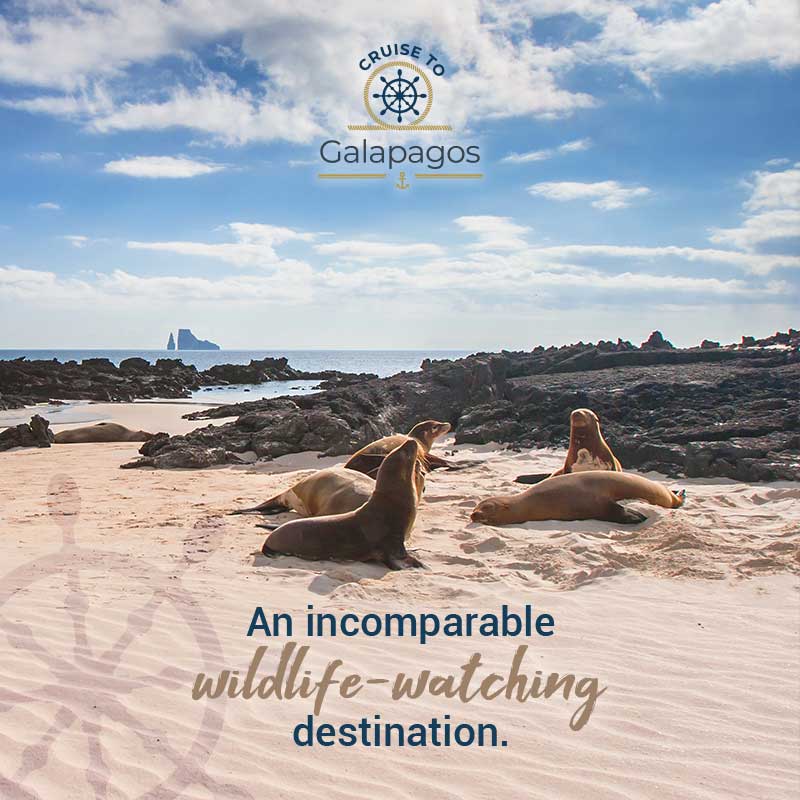4 Interesting Facts about the Galapagos Islands
Stay up to date with our most recent news and updates
The Galapagos Islands are one of the top natural destinations in South America and worldwide. However, Where are they located? How they were created? Which flora and fauna are there? How is the weather on the islands?
On this occasion, we invite you to discover 4 interesting facts about this incredible natural paradise called Galapagos. Read more and discover curious facts that may interest you before your next Galapagos vacation.
1. Where are located the Galapagos Islands?
The Galapagos Islands is located 1000 km of distance from the Ecuadorian coasts, over the equatorial line in the middle of the Pacific Ocean.
This fabulous archipelago is conformed of 13 major islands, 4 of them populated (Santa Cruz, San Cristóbal, Isabela, and Floreana), and more than 200 islets, rocks, and smaller islands.
It is important to highlight that on February 12th, 1832, under the Juan José Flores Government, the Galapagos Islands were officially annexed to the Republic of Ecuador.
Additionally, on February 18th, 1973, the Galapagos Islands were established as one of the 24 provinces of Ecuador. It is important to mention that Puerto Baquerizo Moreno town is the official capital of the Galapagos province and is located on San Cristobal Island.
2. How they were created the Galapagos Islands?
It is estimated that the origin of the Galapagos Islands as we know them today dates back only about 5 million years when they emerged from the bottom of the Pacific Ocean as a result of underwater volcanic action on the Nazca plate. In geological terms, the islands are considered very young.
Nowadays, the volcanic activity is still detected on some islands, and without a doubt, it is an amazing and unforgettable spectacle for those who have the privilege of witnessing it while onboard a cruise ship.
The most recent volcanic show occurred on January 13th, 2020 at the “La Cumbre” volcano on Fernandina Island (an uninhabited island), which is also one of the youngest islands in the archipelago.
3. WHAT FLORA AND FAUNA ARE THERE?
As the new archipelago cooled, some species of flora and fauna began gradually arrive at the Galapagos Islands two million years later after its rise.
The spores that flew through the wind and seeds that arrived attached to the feathers and legs of the first seabirds from continental lands would begin to give rise to the flora of the Islands.
On the other hand, the small vertebrate animals, mainly reptiles, arrived in hollow trunks or continental vegetation crossing the seas, giving rise to a very peculiar new environment. However, any species that wanted to survive in a so hostile environment as that of the Galapagos Islands should adapt quickly.
For sure! The flora and fauna of Galapagos keep evolving after millions of years; therefore, they are species with very special and different adaptations from those of their continental ancestors. In other words, new species emerged that to this day are considered uniques in the world.
If you want to know more about Galapagos animals, take a look at our article on the endemic species of the islands. Read more here.
4. How is the weather in the Galapagos islands?
The weather in the Galapagos Islands is very marked by two seasons. However, each has its benefits for the archipelago’s wildlife.
A warm/sunny/humid season (January – June), it is a very hot season and is accompanied by rains that generally occur at night. During the day the temperature on land can range from 73 to 86°F and in water from 71 to 77°F.
This time of year is the most recommended for those who wish to land explore since the vegetation is abundant and the land species such as the giant Galapagos tortoises begin their mating period.
A cold/cool/dry season (July – December), this time is usually cooler and more pleasant, there are generally drizzles during the day. During the day the temperature on land can range from 68 to 79°F and in water from 70 to 73°F.
This time of year is the most recommended for water activities since the strengthening of cold currents such as Humboldt brings with it waters that are richer in nutrients which helps to maintain the impressive marine life of the islands
You might also be interested:
In conclusion, the Galapagos Islands are an incredible natural paradise that has much to offer, and its privileged location on the equator will allow you to enjoy a spectacular climate all year round.
The incredible species of flora and fauna unique in the world, as well as land and water activities, will undoubtedly make you fall in love with this incredible place, also known as the Enchanted Islands.
DON’T STOP YOUR WANDERLUST!
📌 Discover our best deals, to the Galapagos Islands! Click here.
If you liked this post, share it with your friends and subscribe to our newsletter to keep up to date with interesting news from Galapagos 🐢, Ecuador 🇪🇨 , and other magical destinations in South America 🌎.
RELATED POST
Traveling to the Galapagos Islands in 2022: tips, what to do, and how to book the best trip ever
Learn more about the Galapagos Islands and how to make the most of your trip to this natural destination with this quick guide.
Blue-footed Booby Interesting Facts
The blue-footed boobies of the Galapagos Islands, as beautiful as they are unique. Discover here some interesting facts about them.


